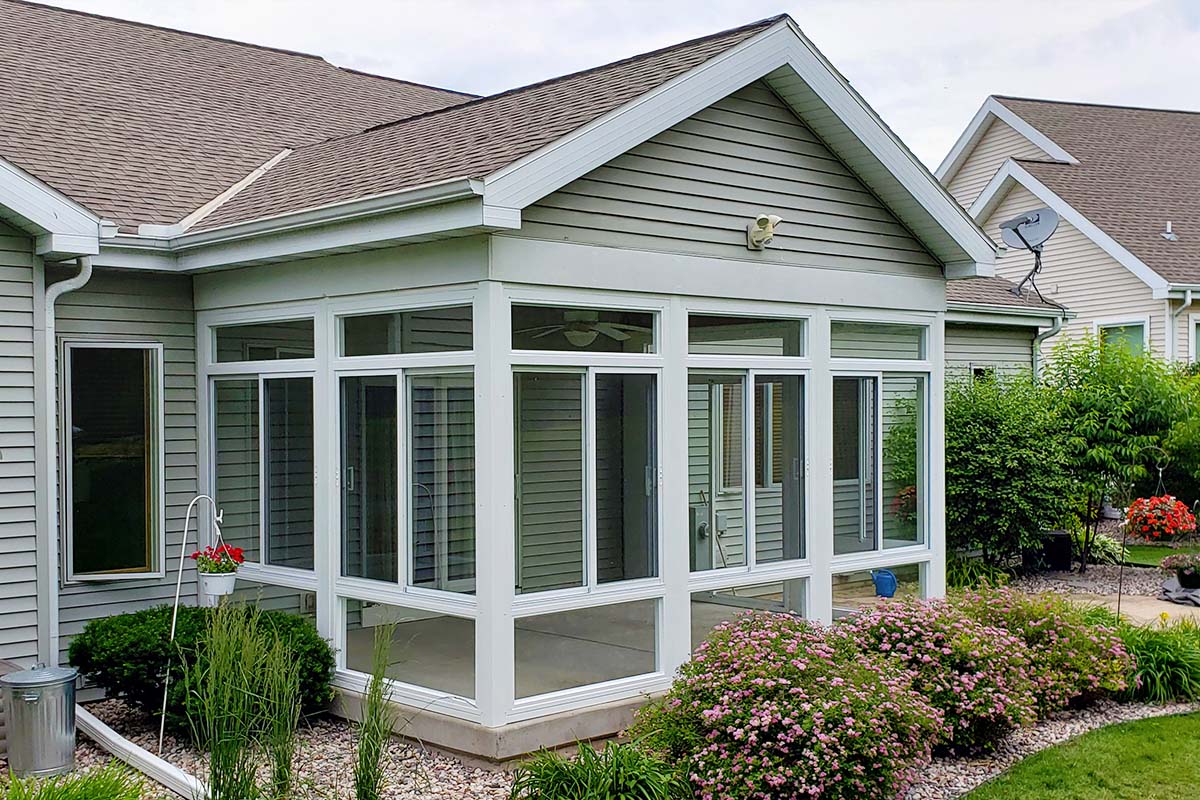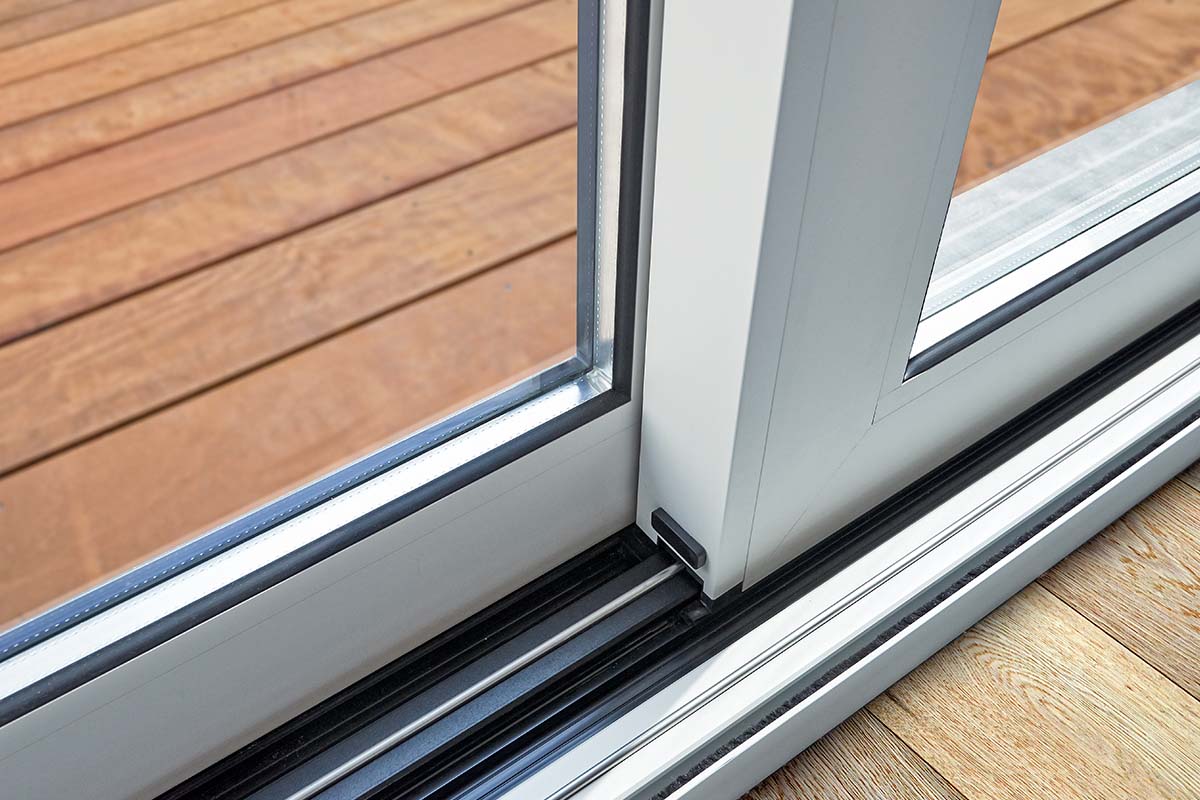NOTE: This information is from the EPA Mold website and has been modified for Sunrooms & Replacement Windows by Ben Kripps, Owner of ClearView Sunrooms & Windows.
Quality Windows Make a Difference
A home’s humidity level is too high if excessive moisture collects on windows. Inefficient old windows, however, may collect moisture even if humidity levels are normal. Excess humidity for a prolonged time can damage walls & wood trim or window frames especially when outdoor air temperatures are very low. Mold can become a health issue if it forms on any home surface including your windows (usually seen on old wood windows or doors). Excess moisture condenses on window glass because the glass is cold and it is hitting the moist warm air of the home.
Sources of excess moisture include overuse of a humidifier (both portable units and permanent furnace units), long or multiple showers times, indoor water features, hot tubs, fish tanks, boiling or steaming water, cooking, plants, washing/drying clothes and a basement seeping moisture/water (caused sometimes by overflowing gutters or improper downspouts). Holidays, especially when more people are in a home, can create excessive moisture levels. Insulated window coverings can form a cold pocket to promote condensation even if humidity levels are normal.
A tightly sealed, energy efficient home holds more moisture inside. You may need to run a dehumidifier, kitchen or bath ventilating fan, or open windows briefly if moisture is forming. A cool thermostat setting below 65 degrees in the winter can cause condensation. Try turning the thermostat up a couple degrees if you are experiencing condensation. The warmer the air temperature, the more moisture the air can hold. Four season sunroom temperatures should be set to align or be a couple of degrees warmer than the inside temperature of the home.
Use a humidity indicator to measure the relative humidity in your house. The American Society of Heating and Air Conditioning Engineers (ASHRAE) recommends these maximum indoor humidity levels.
Outdoor Temperature / Recommended Relative Humidity
Outdoor Temperature | Recommended Relative Humidity |
|---|---|
+ 20 degrees Fahrenheit | 35% |
+ 10 degrees Fahrenheit | 30% |
0 degrees Fahrenheit | 25% |
-10 degrees Fahrenheit | 20% |
-20 degrees Fahrenheit | 15% |
Source: Anne Field, Extension Specialist, Emeritus, with reference from the Association for Home Appliance Manufacturers (www.aham.org)
Get in Touch
Madison Replacement Window Experts
If you’re ready to take the next step, or for more replacement window information, contact ClearView Sunrooms & Windows, or call us at 608-226-9800 to get started!



